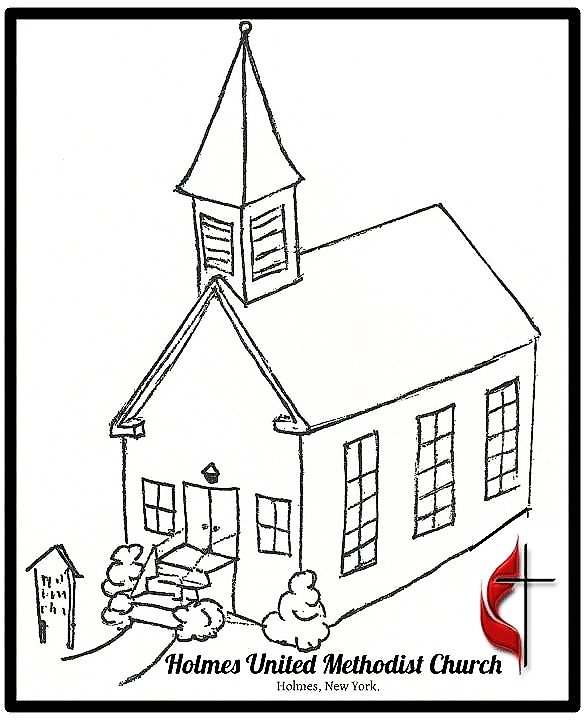Triumphant in JOY and Sorrow
Triumphant in JOY and Sorrow
Christian faith teaches that Jesus willingly came to Earth, knew he would be crucified, and chose to undergo it for the purpose of salvation. He predicted his death and crucifixion multiple times, and even prayed for the Father's will to be done, indicating his voluntary nature. This act of sacrifice is central to Christian belief, as it is understood that through his death and resurrection, Jesus redeemed humanity from sin.
Voluntary Suffering:
He willingly chose to go to Jerusalem and face the consequences, demonstrating his obedience to God's will and his love for humanity.
Prayer in Gethsemane:
Even in the Garden of Gethsemane, while experiencing immense distress, Jesus prayed for God's will to be done, rather than his own.
Redemption Through Sacrifice:
Christian theology holds that Jesus' death on the cross was a sacrifice that paid the debt of sin, allowing for reconciliation with God and eternal life.
Palm Sunday is the Sunday before Easter in Christian tradition, commemorating Jesus's triumphal entry into Jerusalem. It marks the beginning of Holy Week, a time of reflection and remembrance of Jesus's life and death. In many churches, it involves the blessing and procession of palms, often palm branches or other leafy branches.
Here's a more detailed explanation:
Commemoration:Palm Sunday remembers when Jesus entered Jerusalem, greeted by crowds waving palm branches and shouting "Hosanna" (a cry of praise and welcome).
Symbolism:The palm branches symbolize victory, triumph, and peace. The donkey Jesus rode on also symbolizes humility and peace, according to Catholic Online.
Holy Week:Palm Sunday marks the beginning of Holy Week, which culminates with Good Friday and Easter Sunday.
Liturgical Practices:Many churches bless palm branches or other leafy branches, which are then distributed to worshippers and carried in a procession. Some churches also read the Passion of Christ, the account of Jesus's suffering and crucifixion.
The phrase "The Lord needs it" is found in several Bible verses, particularly in the Gospels, and refers to Jesus's use of a donkey to enter Jerusalem on Palm Sunday. It's a way of acknowledging the divine purpose behind actions, even seemingly mundane ones.
Key Verses and Their Context:
Luke 19:31-34:Jesus sends his disciples ahead to retrieve a donkey, and when asked why, they reply, "The Lord needs it".
Mark 11:1-3:Similar to Luke, Jesus instructs his disciples to retrieve a donkey, and if asked, they should say, "The Lord has need of it".
Matthew 21:3-4:This parallel account in Matthew uses a similar phrasing, with the disciples responding that "The Lord has need of it" when questioned about the donkey.
Meaning and Significance:
Divine Purpose:The phrase emphasizes that even seemingly ordinary objects or actions can serve a divine purpose, and that God is involved in the details of human life.
Humility and Obedience:It highlights the importance of humility and obedience to God's will, even when it seems unusual or unexpected.
Symbolism:The donkey's use in entering Jerusalem is a fulfillment of prophecy and a symbolic representation of Jesus's humble yet triumphant entry as the Messiah.
God's Invitation:The verses also suggest that God is inviting individuals to participate in His work and to share in His glory.
In essence, "The Lord needs it" is a reminder that God is actively involved in the world, and that even the smallest of things can have a profound significance when used in His service.



